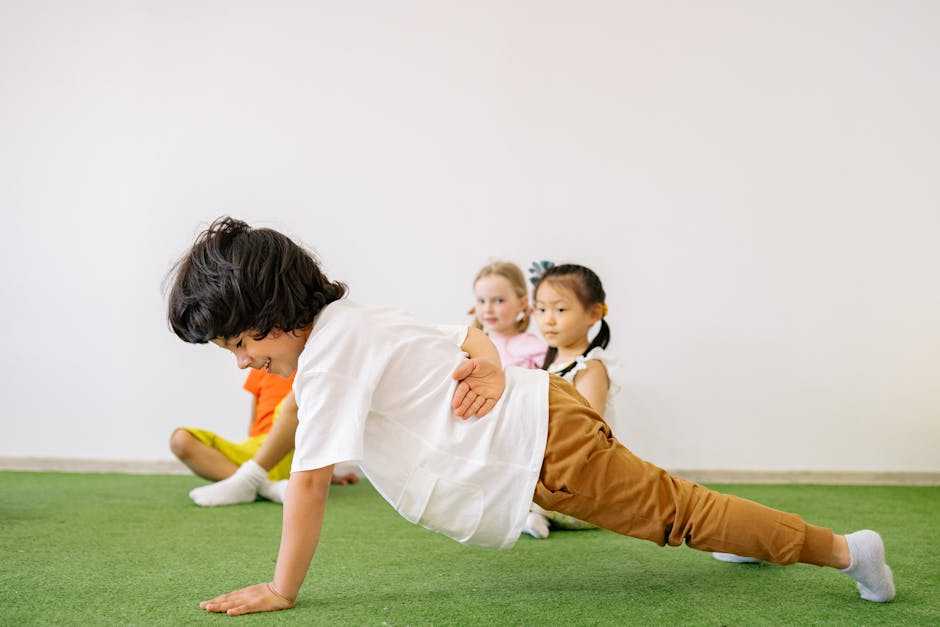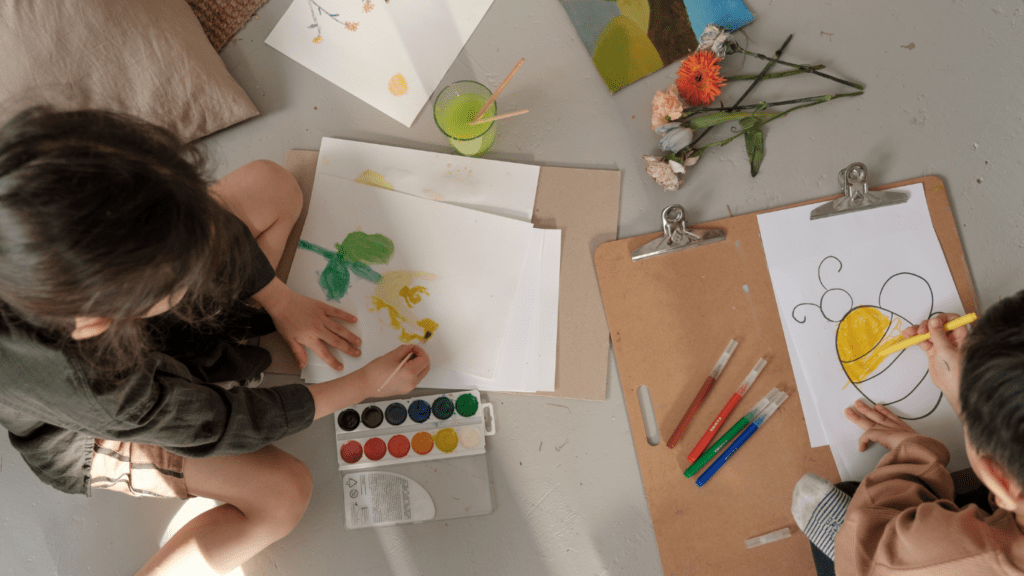Why Gaming Doesn’t Have to Mean Screen Time Overload
Not all games are built the same. Somewhere along the way, gaming got tied almost exclusively to screens, fast reactions, and sensory overload. But that’s a narrow view and it’s time to shift it. Brick based play flips the script. It’s gaming, sure, but the goals are different. No flashing lights. No points to rack up. Just open ended challenges that call for building, adjusting, and trying again.
These types of games work a different part of the brain. Spatial reasoning, strategic planning, and creative thinking all come into play. Kids have to visualize outcomes, build stable structures, even engineer solutions without a manual. Every brick laid is a small act of problem solving.
Plus, brick games leave space for imagination to lead. No predetermined storyline, no avatars just kids and the materials in front of them. It’s hands on, physical, and lets them create their own narrative. In a world where instant feedback is the norm, the slower, more thoughtful pace of brick based gaming is a breath of fresh air.
This isn’t about wiping out all screen time. It’s about recognizing alternatives that engage kids meaningfully and giving them room to build, literally and mentally.
Brick building games don’t just entertain they quietly develop key skills. Assembling structures, following patterns, or free building all push kids to visualize in 3D, strengthening spatial awareness and fine motor control at the same time. It’s a much needed break from tapping screens.
They also invite teamwork. When kids build together, they problem solve, make joint decisions, and share wins. It’s low stakes collaboration, but the social muscle memory stacks up fast.
And maybe best of all it’s quiet. No ads, no bright flashes, just focused, screen free creation. That kind of calm engagement gives the brain room to reset. Over time, many kids start to set their own boundaries around playtime. The game ends when the build feels finished not when a timer runs out. That kind of self regulation is rare in digital play and it’s exactly what brick based games foster.
Blending Digital and Physical Play Smartly
The line between digital and tactile play is becoming increasingly blurred and that’s not always a bad thing. When guided intentionally, hybrid gaming experiences can actually support healthier habits.
Hybrid Games: The Best of Both Worlds
Some modern brick building games use companion apps to offer guided challenges, progress tracking, or augmented reality features. This interactive approach keeps kids engaged while encouraging hands on creativity:
App connected blocks foster critical thinking and cause and effect understanding.
Guided building challenges help kids stay focused and goal oriented.
Augmented reality add ons create immersive experiences without substituting physical play.
Make It a Family Affair
Parents play a powerful role in shaping gaming behavior. Turning digital assisted building into a shared experience can not only enrich the playtime but also form stronger bonds:
Designate one evening a week for a family build challenge.
Encourage kids to present their creations and explain how they built them.
Celebrate creativity over speed or perfection focus on effort, not outcome.
Building a Digital Detox Routine
Even five minutes a day of unplugged play can reframe screen time habits. Introducing consistent, small routines helps children associate play with curiosity and calm instead of digital urgency:
Make brick building the first activity after school or before screens go on.
Create a dedicated space or “build zone” to signal the shift from tech time.
Invite siblings to co build, turning detox into collaborative fun.
Learn More
For more strategies and insights, read this guide on healthy gaming habits, and discover how blended play methods support long term well being.
Techniques to Reinforce Positive Gaming Routines

Creating a balanced gaming environment at home doesn’t mean eliminating games altogether it means setting healthy structures that kids understand and enjoy. When designed with intent, brick building games can become a cornerstone of these positive routines.
Set Clear Limits and Reward Systems
Boundaries help kids build self awareness around time and focus. Set defined timeframes for digital and non digital play, and use incentives to encourage engagement with hands on alternatives.
Establish a daily or weekly time cap for screen based games
Offer simple rewards for sticking to agreed upon non digital play goals (like 15 minutes of building = extra storytime)
Encourage Ownership Through Goal Setting
Involving children in the planning process increases their buy in and reduces the sense of restriction. Let them help define their own goals for playtime.
Ask your child how much building time they’d like in a day or week
Have them track their own time to build responsibility
Keep it Fresh With Rotation
Even fun routines can become monotonous. Rotate games and activities regularly to prevent burnout and maintain interest.
Introduce new challenge themes weekly (castles, vehicles, outer space)
Swap out brick sets or add on pieces to spark creativity
Build Routine, Not Rigidity
Rather than forcing strict schedules, aim to develop a predictable rhythm that balances screen use with hands on activities.
Assign certain days or times of day for focused building play
Pair brick building with other calming routines like music or storytelling
Looking to establish longer term balance strategies? Explore this helpful guide on healthy gaming habits.
Final Thoughts: Building, Not Just Playing
From Screen Consumers to Creative Builders
Brick building games provide more than just entertainment they encourage children to become creators rather than passive consumers. Instead of swiping or tapping through digital levels, kids engage in hands on problem solving. Every structure they build comes from their imagination, sharpening focus, patience, and resilience.
Promotes creativity and confidence
Encourages trial and error in a no pressure environment
Builds a sense of accomplishment through visible progress
A Simple Tool With Big Impact
You don’t need to overhaul your entire routine. Brick kits are affordable and easy to introduce into daily life. No batteries, no charging just open ended potential in every session.
Cost effective alternative to digital gadgets
Ideal for both solo and group play
Can be set up anywhere from kitchen tables to classroom corners
Healthy Habits Start Small
Consistency beats complexity. A 15 minute daily build session can be more effective than an hour of digital detox attempts. The key is repetition and enjoyment not perfection.
Set achievable daily goals
Create a build routine (before screen time, after homework, etc.)
Make brick play a relaxing, go to activity
As kids build, they’re also learning to balance their time, trust their creativity, and discover joy away from screens.



